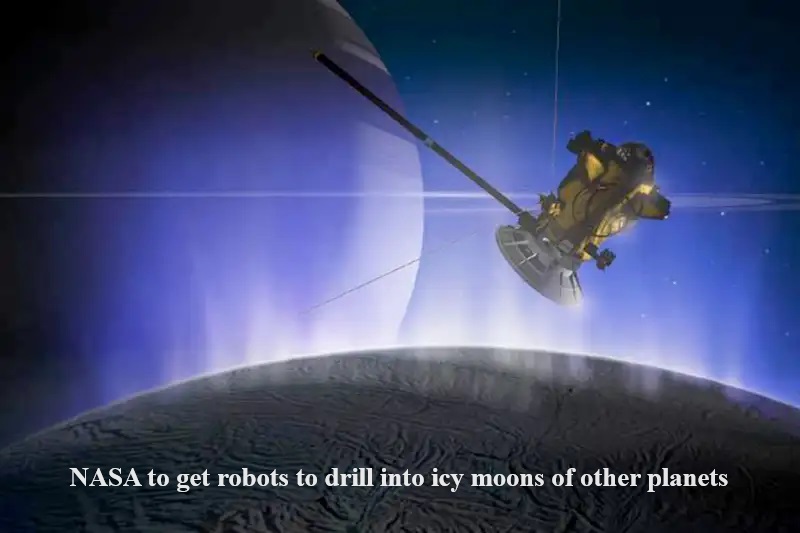
NASA has unveiled a roadmap for the development of a robotic system capable of exploring icy moons with subsurface oceans in the search for signs of life. The roadmap emerged from a NASA-sponsored workshop held in February, where scientists and engineers discussed potential mission concepts for “cryobots.” These cryobots aim to penetrate the thick icy exteriors of moons such as Enceladus and Europa, which have subsurface oceans.
The cryobot concept involves deploying a cylindrical device onto the surface of an icy moon, which will then melt the ice and slowly descend into the underlying liquid ocean as water refreezes around it. While thermal drilling techniques are commonly used on Earth for exploring glaciers and ice caps, the icy shells on moons like Europa and Enceladus present unique challenges due to their extreme cold temperatures and thickness.
NASA’s Scientific Exploration Subsurface Access Mechanism for Europa (SESAME) and Concepts for Ocean Worlds Life Detection Technology (COLDTech) programs have been supporting the development of cryobots for extraterrestrial exploration. The recent workshop at the California Institute of Technology (Caltech) provided an opportunity for scientists and researchers to discuss and refine the development of robotic mission architectures for exploring these icy ocean worlds.
The goal is to adapt and apply techniques from terrestrial thermal drilling operations to navigate the unpredictable conditions of extraterrestrial environments. With subsurface oceans potentially harboring signs of life, the exploration of icy moons represents a significant frontier in planetary science. The roadmap outlined by NASA serves as a strategic guide for advancing the technology and capabilities needed for future missions to explore these distant and enigmatic worlds.

Post Your Comments